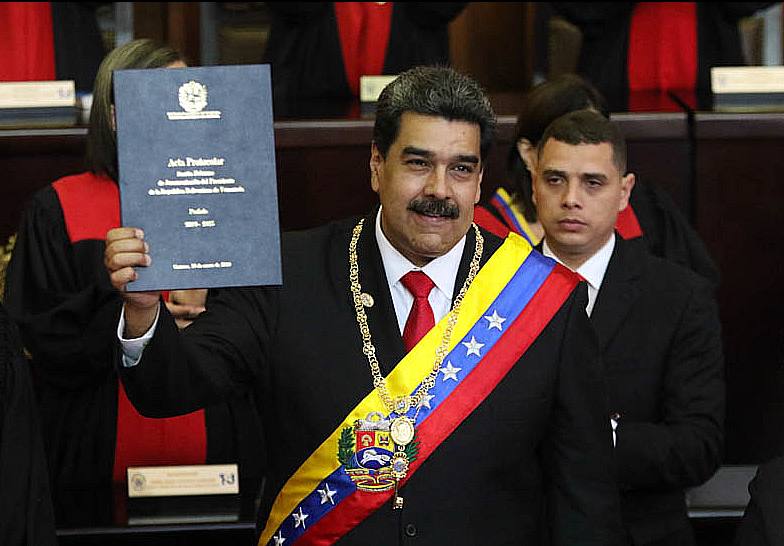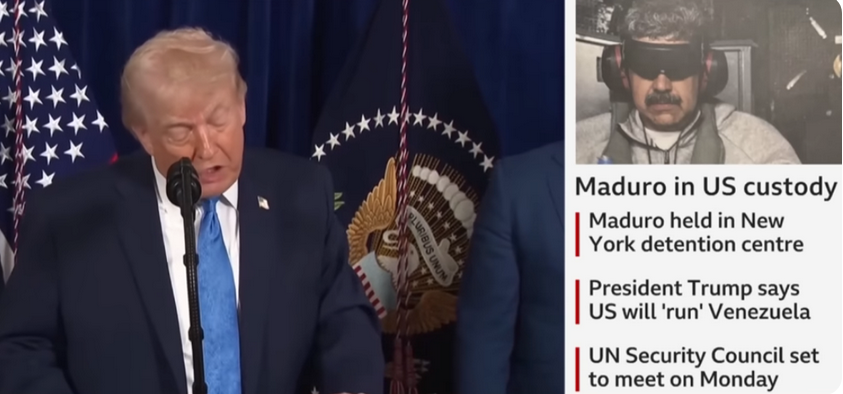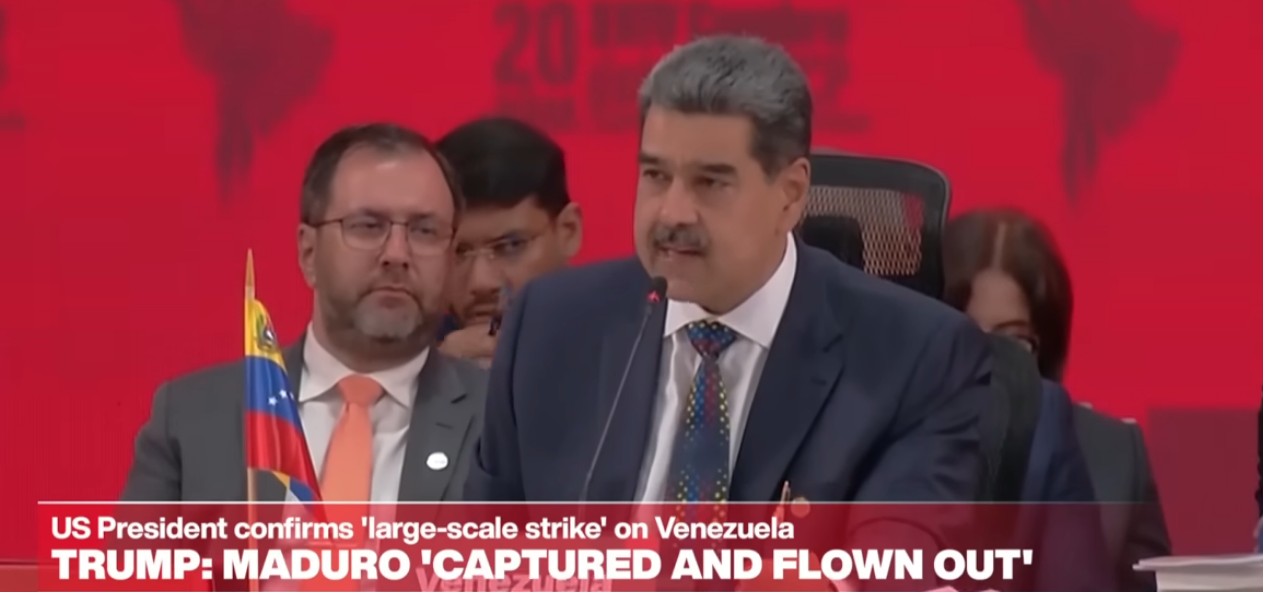World Bank President Jim Yong Kim with Museveni.
Photo: World Bank collection.
[An open letter to Uganda’s “development” partners]
This letter is addressed to bilateral donors, IMF and the World Bank, United Nations Funds and Programs and Specialized Agencies that have been funding and sustaining the Yoweri Museveni dictatorship in Uganda for three decades.
In 1987, the National Resistance Movement (NRM) government led by Museveni abandoned the 10-point program it had proclaimed –with many social welfare based programs– because it contained socialist elements and huge state intervention in the economy.
That program was replaced by the shock therapy version of stabilization and structural adjustment program that was being abandoned in Chile and Ghana and resisted in many developing countries.
As compensation for the huge risk, Uganda became the darling of the West receiving annually huge sums of development funds and technical assistance of young, middle-aged and old men and women. Uganda was also the first country to receive debt relief to the tune of $1 billion in 1998 and from the enhanced Highly Indebted Poorest Countries (HIPC) program in 2000. A commercial debt buy-back was also concluded with the International Development Association amounting to $153 million (Ritva Reinikka and Paul Collier 2001). For universal primary education Uganda received an initial amount of $155 million (Sebastian Mallaby 2004).
Being a least developed and landlocked country, Uganda has received significant sums of money, equipment and advisers from the United Nations system.
The World Bank and IMF were requested by the government to design and implement an economic recovery program to promote long-term economic growth; that was in 1987 (P. Langdeth et al 1995).
In spite of this huge donor investment Uganda’s per capita income is merely $686 badly lagging Kenya’s ($1372) and Tanzania’s ($910) (The World Book Year Book 2016).
Instead of rapid and sustained economic growth and sustainable development, Uganda has experienced deterioration in virtually all areas of human endeavor. The Museveni regime has turned Uganda into the sick man of East Africa.
The education system has produced unemployable graduates; witness the youth unemployment rate of over 80 percent. The health system is in a crisis; witness an increase in maternal mortality from 527 in 1995 to 920 per 100,000 live births in 2005 (APRM 2009).
Reports indicate that if urgent and drastic measures are not taken 80 percent of Uganda will turn into a desert within 100 years, which is a very short time in historical perspective.
Agriculture, Uganda’s main economic sector has remained largely subsistence using primitive hand hoes, machettes and human energy resulting in low agricultural productivity, some of it lost through pre-and post-harvest problems.
The combination of economic and environmental deterioration has resulted in rapid rural-urban migration that has contributed significantly to the 5.7 percent urban growth rate (United Nations 2013). This growth has contributed to rapidly sprawling urban slums especially in the nation’s capital city of Kampala where there are limited prospects for a decent life.
At the start of his administration in 1986, Yoweri Museveni vowed that Uganda would become an industrial country within 15 years presumably with the assistance of UNIDO. Instead, Uganda is experiencing de-industrialization. Ipso facto, the promised value addition and jobs haven’t occurred. The little economic growth that has taken place has been shared inequitably with a small political and military elite associated with Gen. Museveni enjoying the lion’s share.
Thus, “Uganda’s experience shows that despite the existence of good policies and programs, translation of these policies into desired outcomes can be undermined by practical political economy inconsistencies and institutional weaknesses, leading to economic slowdown.
When this phenomenon occurred, welfare inequality deteriorated, and poverty eventually began to increase” (Thomas Beslry and Louise J. Cord 2007). Consequently, the poorest 20 percent of Uganda’s population became poorer between 1992 and 1996 especially in the countryside (Alejandro Grinspun United Nations undated).
Promoting birth control among impoverished communities isn’t a solution because population growth has little hindrance on economic and social development (Michael T. Smart and D. Neil Smart 2012).
It would be appreciated if an explanation could be given why massive foreign development aid to Uganda since 1987 has failed to deliver the expected outcomes, with an indication on the way forward.
Is this an indictment of the foreign aid regime or are the reasons behind the collapse to be found in the politically, socially and economically stifling nature of Museveni’s absolute dictatorship?
Either way the donors by pouring billions of dollars can’t be absolved.
Eric Kashambuzi is an international economist and human rights activist.







